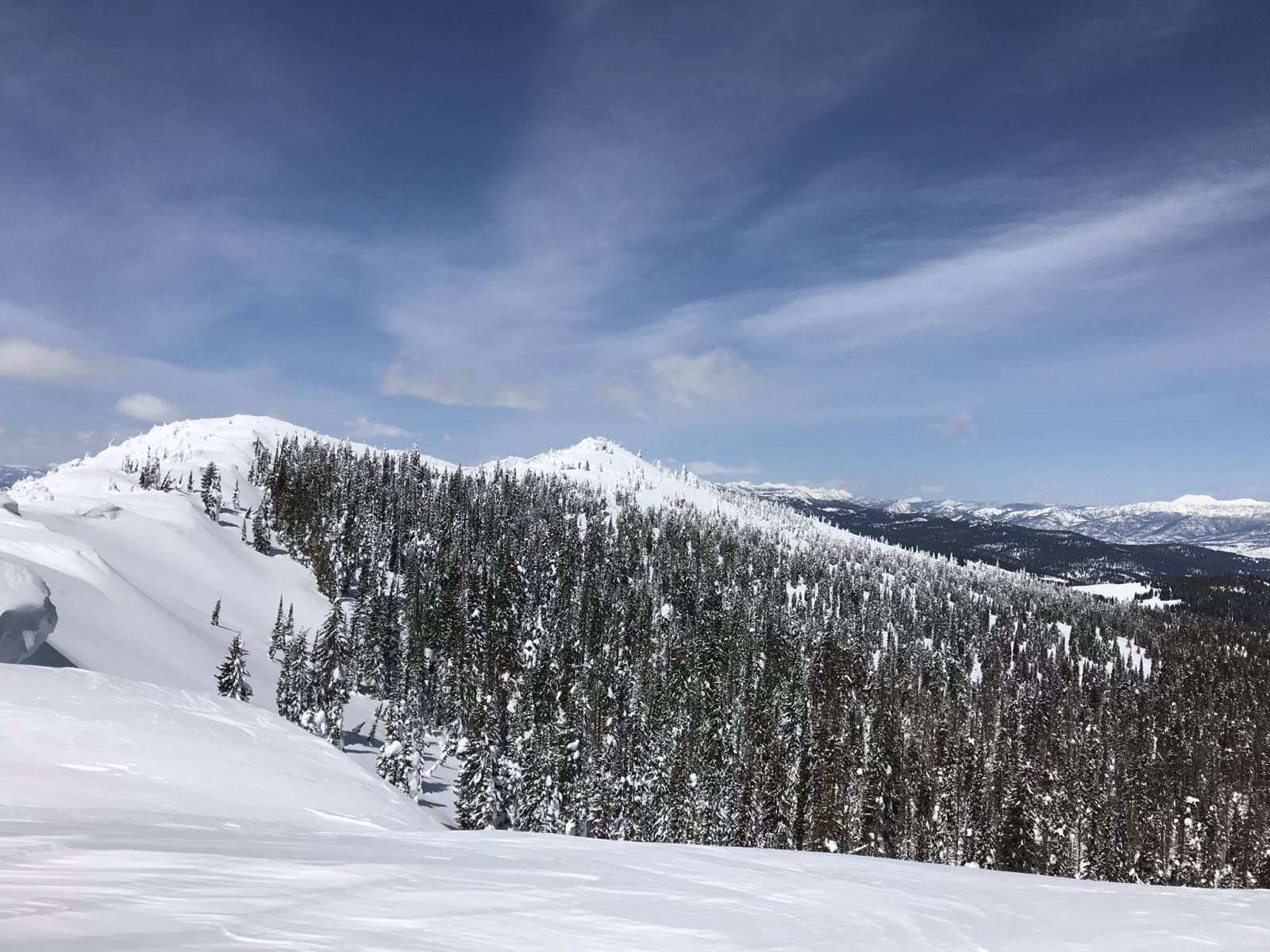Talk About a "Hotspot": world's best snowmobiling created by volcanoes

Snowmobilers have long enjoyed the great snowmobiling opportunities found in the Island Park/West Yellowstone area. But did you know the geographic area was formed about 1.3 million years ago by volcanic activity?
The Henry’s Fork Caldera in Island Park was formed by an eruption 1.3 million years ago from the Yellowstone Hotspot. It is inside the Island Park Caldera, which is also part of the Yellowstone Caldera which forms a super volcano that shaped the region about 2.1 million years ago. Although the Yellowstone Caldera takes in more than 1,500 square miles, the Henry’s Fork Caldera portion is 18 miles long and 25 miles wide, stretching from the Ashton Hill on the south to Bishop’s Mountain on the west, Thurmon Ridge on the north and Madison Plateau on the east.
The caldera floor is relatively flat at an elevation just more than 6,000 feet. The rim is several hundred feet higher and tends to trap a lot of snow during the winter—which makes the area an ideal snowmobiling location.
Henry’s Lake Caldera represents about one third of the Island Park area. The Island Park caldera includes the Henry’s Lake caldera, the rest of Island Park and a big chunk of Yellowstone National Park. The Yellowstone Hotspot takes in all calderas located in Oregon, Nevada, Idaho and Wyoming.
Island Park is a city in Fremont County, ID, which is about 50 feet wide and 33 miles long that stretches along U.S. 20 with a few “cherry stem” routes to collect Yale Creek and Henry’s Lake. It was incorporated in 1947 to circumvent Idaho’s liquor laws that prohibit the sale of liquor outside city limits.
The Island Park area features more than 300 miles of groomed snowmobile trails that connect Pineview, Last Chance, Ponds, Phillips, Elk Creek, Mack’s Inn, Island Park and Valley View—all part of Island Park’s incorporated city.